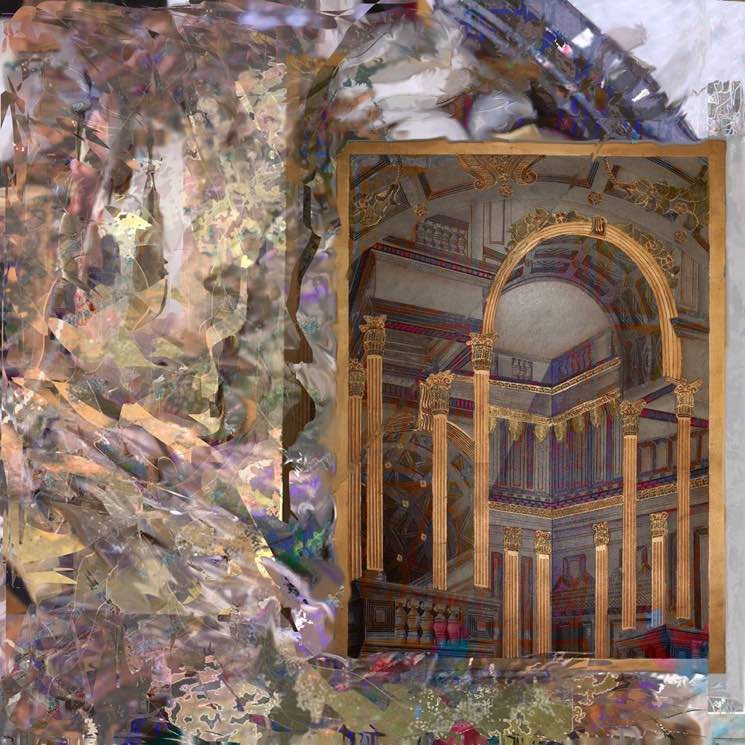M. Geddes Gengras' "official" discography simply doesn't do justice to how prolific of an artist he's become. In fact, the L.A.-based experimentalist has put out dozens of releases (and about a dozen more collaborations), most of them being limited edition cassettes, making it nearly impossible to grasp the full spectrum of his work. But his latest release, Interior Architecture, seems to be a good starting point, as these four compositions demonstrate exactly what's made Gengras' music so fascinating over the past seven years.
Clocking in at 71 minutes, Interior Architecture finds Gengras
pulling together several sounds and genres, often within the same track, allowing each composition to sonically shape shift and transform. The resulting LP suggests that Gengras isn't just a musician with a penchant for exploration, but one with a deep understanding of the connection between experimental, avant-garde, dub, jazz and other "difficult" music.
"Side A" is tempered but textural, as Gengras plays with overlapping synth lines that keep a liquid, watery feel around the peaks and valleys, while "Side B" comes off more murky and pulsating, as echoed icy sounds move the album into taciturn territories. "Side C" is much more warm and dynamic, exploring expanding and contracting tempos along with free jazz, while "Side D" is concerned with slushy rhythms and augmented beats.
What makes Interior Architecture such a success, though, is how effortless his attention to detail feels, as each movement flows into another to help create an experimental noise concept album. What exactly the concept at hand is might perhaps be a question M. Geddes Gengras doesn't have the answer to yet.
(Intercoastal Artists)Clocking in at 71 minutes, Interior Architecture finds Gengras
pulling together several sounds and genres, often within the same track, allowing each composition to sonically shape shift and transform. The resulting LP suggests that Gengras isn't just a musician with a penchant for exploration, but one with a deep understanding of the connection between experimental, avant-garde, dub, jazz and other "difficult" music.
"Side A" is tempered but textural, as Gengras plays with overlapping synth lines that keep a liquid, watery feel around the peaks and valleys, while "Side B" comes off more murky and pulsating, as echoed icy sounds move the album into taciturn territories. "Side C" is much more warm and dynamic, exploring expanding and contracting tempos along with free jazz, while "Side D" is concerned with slushy rhythms and augmented beats.
What makes Interior Architecture such a success, though, is how effortless his attention to detail feels, as each movement flows into another to help create an experimental noise concept album. What exactly the concept at hand is might perhaps be a question M. Geddes Gengras doesn't have the answer to yet.
